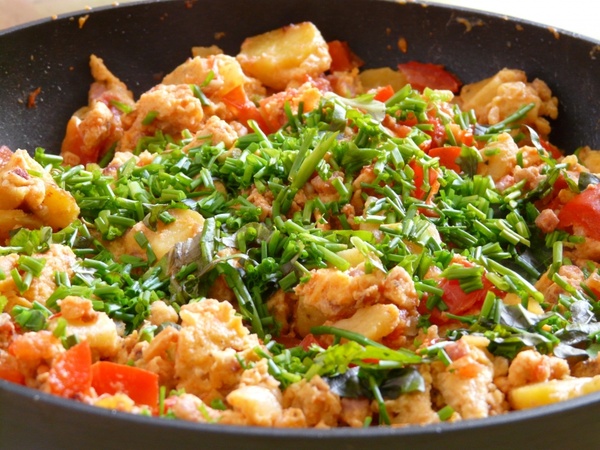Cooking with wine is one of those subjects I think we leave up to the chefs of the world to sort out. Most of us understand the basics of adding a cup or so to a recipe but over the next few months I want to delve into this subject starting with the most familiar way of integrating wine into cooking: marinating.
Marinade is made up of three essential components: oil, acid and aromatics. A wine marinade simply incorporates wine as an acid and to a lesser extent an aromatic. The idea behind a marinade is to impart flavor and tenderize. And wine does both. Wine has varying levels of acid as do most fruits. A high acid wine is generally a zesty white wine such as a sauvignon blanc or sparkling wine, while lower acid wines tend to be chardonnay or cool climate reds and whites.
When cooking with wine never use one you wouldn’t drink. If a wine tastes off in the glass, chances are it will be the same in your dish. To use leftover wine in cooking may seem economical but do not be tempted to use the dregs of stale wine. As for the “cooking wines,” they are usually harsh and thin; again, if you wouldn’t drink them you may be better off using broth.
Something else to keep in mind when selecting wine to use in a marinade (or a sauce) is the appearance of the final dish. Red wines will impart color to the finished dish. In some dishes, such as coq au vin or meurette, this is desirable. (A meurette is generally used in French cooking with pinot noir to poach eggs and fish in a red wine sauce. It dyes the eggs and fish purple and makes a glossy, dark sauce.) Unless you are using this cooking method on purpose your light color proteins will take on the purple hue of the wine, which can be unappetizing.
For those looking to avoid cooking with wine, unfortunately, there are no direct substitutes for wine in a marinade. Some recipes suggest chicken or beef stock or grape juice as substitutes, but the final results will not be the same. Grape juice is too sweet for most recipes unless it’s a fruit dessert.
And though it’s true you shouldn’t cook with a wine you wouldn’t drink, it is also true that you shouldn’t cook with your most expensive and prized wines. Even in the kitchens of the world’s most prestigious restaurants you will most likely find a bulk box wine for cooking and not a vintage Bordeaux.
THE VALUES
- 2015 Leese-Fitch (Chardonnay, Merlot, Cabernet Sauvignon, Pinot Noir), California (about $10 retail)
- 2015 The Bota Box (Chardonnay, Cabernet Sauvignon, Merlot, Sauvignon Blanc), California (about $19 retail, 3-liter box)
